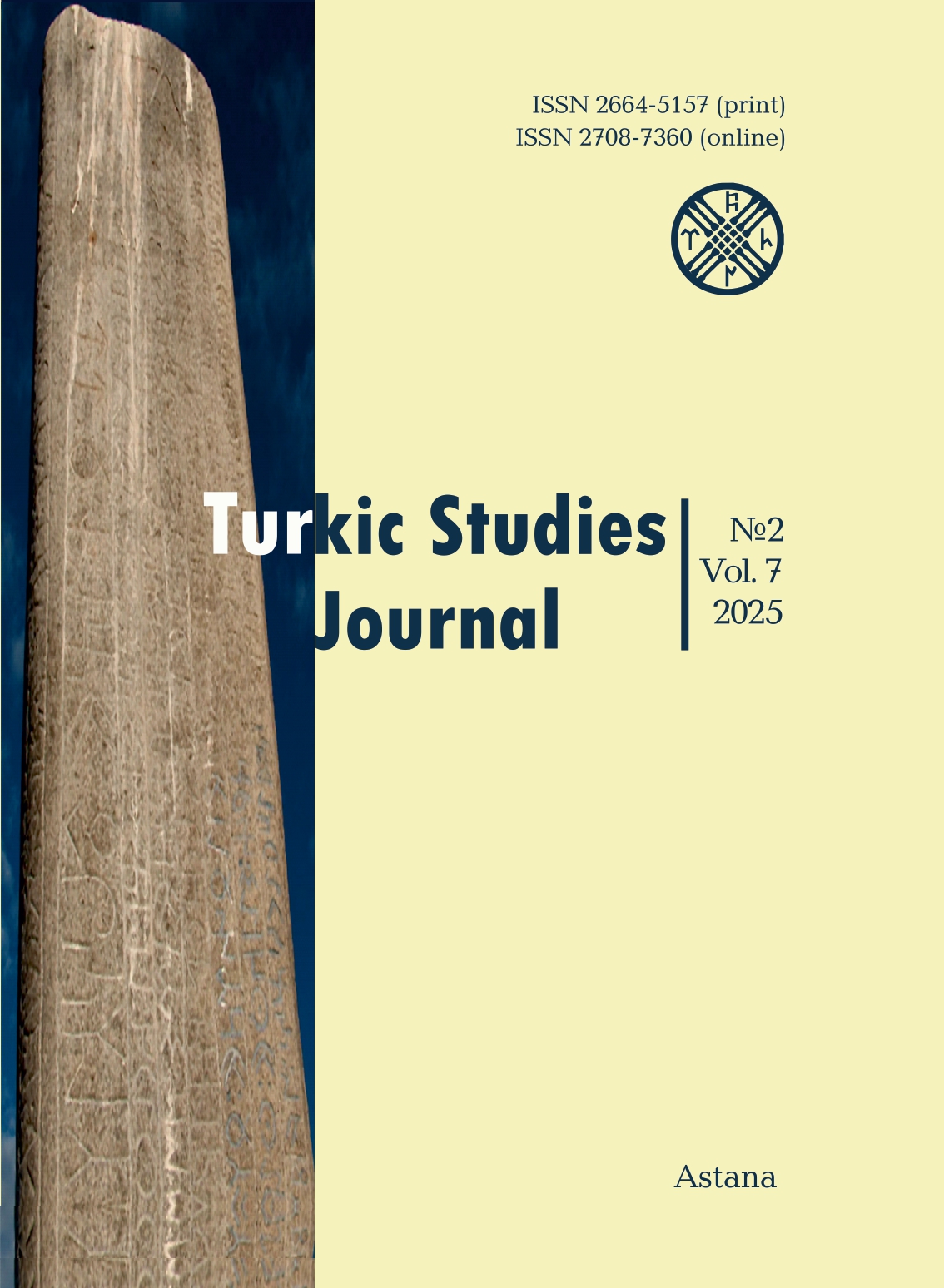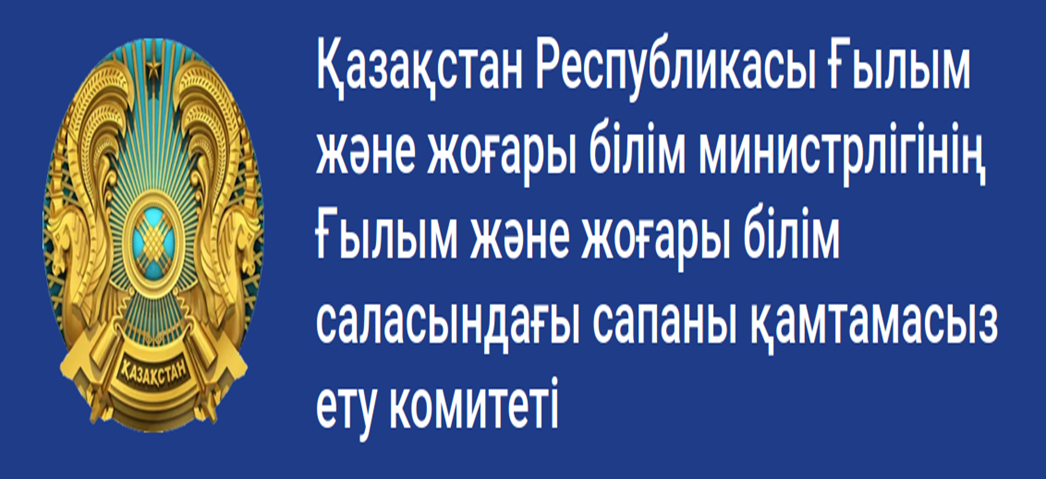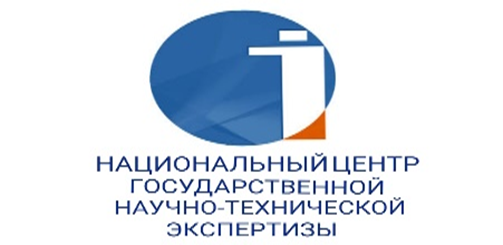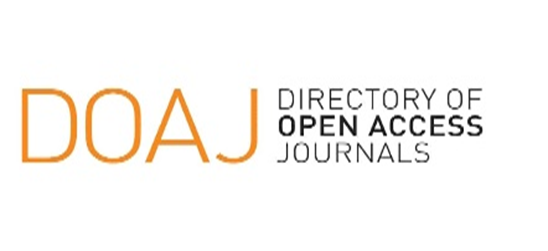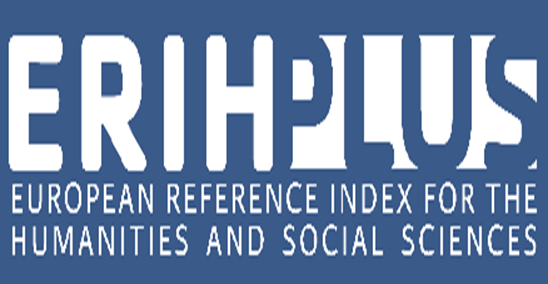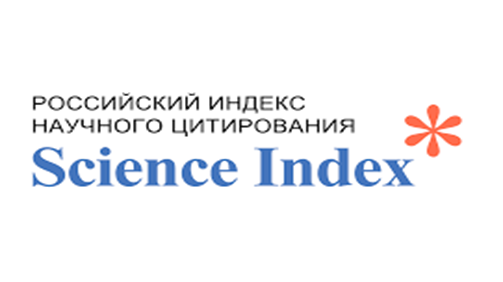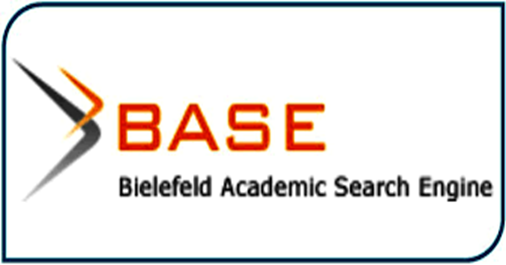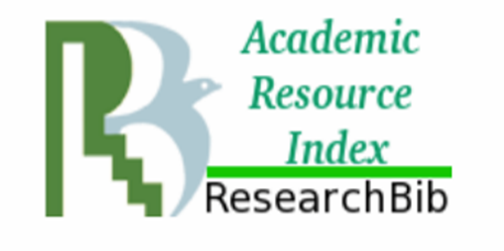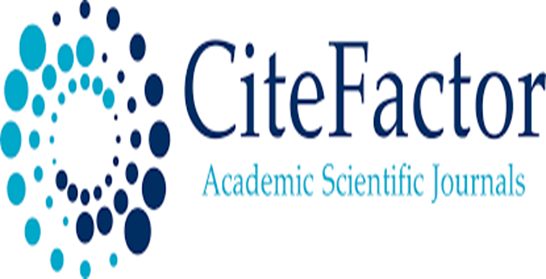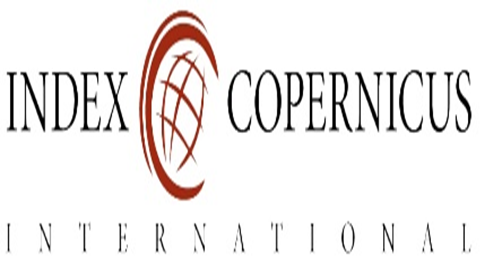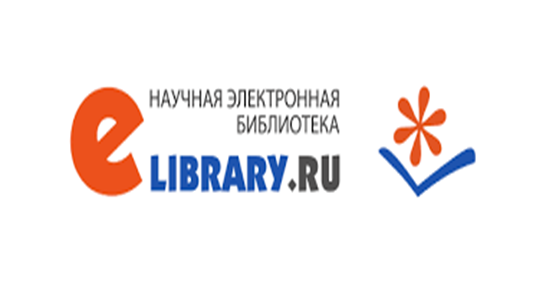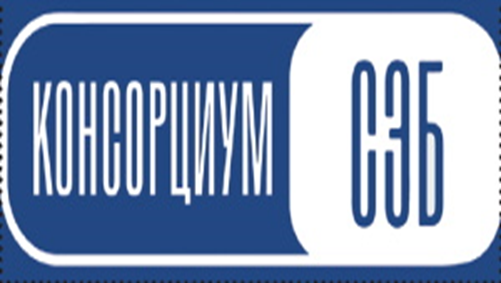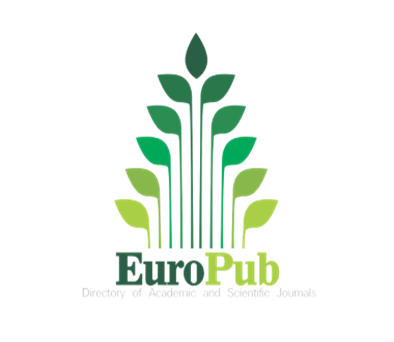Semantic and grammatical connections of the Old Turkic word аčïγ with the vocabulary of the Kazakh language
Views: 244 / PDF downloads: 70
DOI:
https://doi.org/10.32523/2664-5157-2025-2-197-212Keywords:
ancient Turkic word, semantic structure, аčïγ, ащы, syncretism, affix, lexicalsemantic variant, polysemantic word, Kazakh vocabulary, verbal word.Abstract
The article examines the semantic connections of the Old Turkic word аčïγ, which is part of the main lexical fund of the language, with the words of the Kazakh language, genealogically ascending to the Old Turkic word. The lexeme ačïγ denotes a basic taste and is derived from the verb ačï- following a word-formation pattern with the suffix -g, which forms deverbal nouns. The reconstruction of the semantic structure of the polysemous Old Turkic word enables to conclude that it is largely preserved in the modern Turkic languages. This is confirmed by data from Kazakh language dictionaries. The analysis of the semantic structure of the word ačïγ, its comparison with the semantics of the verbal root from which it is derived in Old Turkic, as well as with the semantic structure of the lexeme ащы in Kazakh, has made it possible to identify a number of trends in the development of lexical and grammatical connections between polysemous words in Old Turkic and Kazakh. These include the expansion of direct meanings, the divergence of lexical-semantic variants of the polysemous Old Turkic word, and the emergence of homonyms in the modern Turkic language, such as Kazakh. A simplification of the semantic structure of lexemes etymologically related to the Old Turkic word is also observed, due to the aforementioned process of divergence in lexical-semantic variants, along with the simultaneous emergence of new meanings. An important role in the semantic development of the word ащы in the Kazakh language was played by the syncretism of Old Turkic deverbal words, which led to the differentiation of meanings between adjectives and nouns that were originally part of a single semantic structure of the Old Turkic lexeme. The analysis of the semantic structure of Old Turkic lexemes, as demonstrated by our study, reveals hidden and lost semantic connections in Kazakh words and reconstructs the logic behind the development of their meanings.
Downloads
Reference
Ал-Кашгари Махмуд, 2005. Диван Лугат ат-Турк. Перевод, предисловие и комментарии З.-А.М. Ауэзовой, индексы составлены Р. Эрмерсом. Алматы: Дайк-Пресс. 1288 с.
Древнетюркский словарь, 2016. Под ред. Д.М. Насилова, И.В. Кормушина, А.В. Дыбо, У.К. Исабековой; сост. Т.А. Боровкова, Л.В. Дмитриева, А.А. Зырин, И.В. Кормушин и др. 2-е изд., пересмотр. Астана: «Ғылым» баспасы. 760 с.
Жамолова Ш.Ш., 2021. Cемантическая структура слова. Экономика и социум. №10(89). С. 647-650.
Каиржанов А.К., Азмуханова А.М., Абжапарова Б.Д., 2024. Синкретизм общественного мифологического сознания древнейшей эпохи. Тіл және әдебиет: теориясы мен тәжірибесі. №1. С.9-19. http://doi.org/10.52301/2957-5567-2024-1-23-33
Қазақша-орысша сөздік. [Электронный ресурс] – URL: https://sozdik.kz/(дата обращения: 12.01.2025)
Қалиев Б., 2014. Қазақ тілінің түсіндірме сөздігі. Алматы: Мемлекеттік тілді дамыту институты. 726 б.
Рамстедт Г.И., 1957. Введение в алтайское языкознание. Москва: Изд. Иностранная литература. 254 с.
Сарбалаев Ж.Т., 2014. Из истории имени прилагательного в казахском языке. Мир науки, культуры, образования. № 4 (47). С. 252-255.
Севортян Э.В., 1966. Аффиксы именного словообразования в азербайджанском языке. Москва: Наука. 437 с.
Сөздік. Словарь, 2002. Составители: Б. Исмағұлова, Э. Ережепова, Г. Әбдижапбарова. Алматы: Издательство «Аруна». 416 б.
Тектигул Ж.О., 2013. Эволюция общетюркских аффиксов в казахском языке. Москва: Академия естествознания. 277 с. [Электронный ресурс] – URL: https://monographies.ru/ru/book/section?id=6673 (дата обращения: 10.02.2025)
Темиргазина З.К., 2024. Батыр в казахском эпосе как архетип героя: концепции А. Маргулана и современных исследователей. Тіл және әдебиет: теориясы мен тәжірибесі. Язык и литература: теория и практика. №1. С. 20-27. http://doi.org/10.52301/2957-5567-2024-1-49-56
Темиргазина З.К., Андрющенко О.К., Амангелды А., 2024. Глаголы с семантикой ремесленных действий в словаре Махмуда ал-Кашгари как отражение хозяйственной и социальной жизни древних тюрков. Turkic Studies Journal. Т. 6. № 4. С. 150-167. http://doi.org/10.32523/2664-5157-2024-4-150-167
Erdal M., 2004. A grammar of Old Turkic. Lejden: Brill. 575 p.
Gries S., 2019. Chapter 2: Polysemy. In: Cognitive Linguistics – Key Topics. P. 22-43. http://doi.org/10.1515/9783110626438-002
Klein D.E. and Murphy G.L., 2001. The Representation of Polysemous Words. Journal of Memory and Language. No. 45. P. 259-282. http://doi.org/10.1006/jmla.2001.2779
REFERENCE
Al-Kashgari Mahmud, 2005. Divan Lughat at-Turk [Divan Lughat at-Turk]. Perevod, predislovie i kommentarii Z.-A. M. Auézovoj, indeksy sostavleny R. Érmersom [Translation, preface and comments by Z.-A. M. Auezova, indices compiled by R. Ermers]. Almaty: Dyke-Press. 1288 p. [in Old Turkic and Russian].
Erdal M., 2004. A grammar of Old Turkic. Leiden: Brill. 575 p.Gries S., 2019. Chapter 2: Polysemy. In: Cognitive Linguistics – Key Topics. P. 22-43. http://doi.org/10.1515/9783110626438-002
Kairzhanov A.K., Azmukhanova A.M., Abzhaparova B.D., 2024. Sinkretizm obshchestvennogo mifologicheskogo soznania drevnejshej épohi [Syncretism of the public mythological consciousness of the ancient era]. Tíl žane adebiet: teoriâsy men tažíribesí. [Language and literature: theory and practice]. 1. Р. 9-19. http://doi.org/10.52301/2957-5567-2024-1-23-33 [in Russian].
Kaliev B., 2014. Kazak tilinin tusindyrme sozdigi. [Explanatory dictionary of the Kazakh language]. Almaty: Memlekettik tildi damytu instituty. 726 р. [in Kazakh].
Klein D.E. and Murphy G.L., 2001. The Representation of Polysemous Words. Journal of Memory and Language, 45, 259-282. http://doi.org/10.1006/jmla.2001.2779
Ramstedt G.I., 1957. Vvedenie v altayskoe yazykoznanie. [Introduction to Altai linguistics]. Moskva: Inostrannaya literatura. 254 p. [in Russian].
Sarbalaev Zh.T., 2014. Iz istorii imeni prilagatel'nogo v kazahskom yazyke [From the history of the adjective in the Kazakh language]. Mir nauki, kulʹtury, obrazovaniya. [World of science, culture, education]. 4(47). Р. 252-255. [in Kazakh].
Sevortyan E.V., 1966. Affiksy imennogo slovoobrazovaniya v azerbaidzhanskom yazyke [Affixes of nominal word formation in the Azerbaijani language]. Moskva: Nauka. 437 p. [in Russian].
Sozdik. Slovar' [Dictionary], 2002. Sostaviteli: B. Ismagulova, E. Erezhepova, G. Abdizhapbarova. Almaty: Izdatel'stvo “Aruna”. 416 р. [in Kazakh].
Tektigul Zh.O., 2013. Evolutsiya obshcheturkskikh affiksov na kazakhskom yazyke. [Evolution of common Turkic affixes in the Kazakh language]. Moskva: Akademiya estestvoznaniya. 277 p. [Electronic resource]. Available at: https://monographies.ru/ru/book/section?id=6673 (Accessed: 10.02.2025) [in Russian].
Temirgazina Z.K., 2024. Batyr v kazakhskom epose kak arkhetip geroya: kontseptsii A. Margulana i sovremennyh issledovatelej [Batyr as an archetypal hero in the Kazakh epic: conception A. Margulana and contemporary researchers]. Til jäne ädebïet: teorïyası men täjirïbesi – Yazyk i literatura: teoriya i praktika. [Language and literature: theory and practice]. 1. Р. 20-27. http://doi.org/10.52301/2957-5567-2024-1-49-56 [in Russian].
Temirgazina Z.K., Andryuсhshenko O.K., Amangeldi A., 2024. Glagoly s semantikoy remeslennykh deystviy v slovare Makhmuda al-Kashgari kak otrazheniye khozyaystvennoy i sotsial'noy zhizni drevnikh tyurkov. [Verbs with the semantics of craft actions in the dictionary of Mahmud al-Kashgari as a reflection of the economic and social life of the ancient Turks]. Turkic Studies Journal. 6(4). Р. 150-167. http://doi.org/10.32523/2664-5157-2024-4-150-167 [in Russian].
Zhamolova Sh.Sh., 2021. Semanticheskaya struktura slov. [Semantic structure of words]. Ekonomika i sotsium. [Economy and society]. 10(89). Р. 647-650. [in Russian].
Downloads
Published
How to Cite
Issue
Section
License
Copyright (c) 2025 Turkic Studies Journal

This work is licensed under a Creative Commons Attribution-NonCommercial 4.0 International License.

